If you've ever stood in front of a spice rack and wondered, "What is that mysterious powder that turns everything into a culinary masterpiece?" then you're in the right place. This article is your go-to guide on how to make curry spice — whether you're an amateur enthusiast or a seasoned pro looking to refine your craft.
Table of Contents
- What Is Curry Spice?
- Essential Ingredients for Making Curry Spice
- Step-by-Step Guide to How to Make Curry Spice
- Tips for Perfect Curry Spice
- Frequently Asked Questions
- Conclusion
What Is Curry Spice?
Curry spice is not a single ingredient but a blend of various spices that can vary depending on regional recipes and personal preferences. At its core, it typically includes turmeric, cumin, coriander, garlic, ginger, and chili powder. But there's more to it than that — it's about balance, harmony, and the art of layering flavors.
There are many types of curry spice blends, such as:
- Madras Curry Powder: Spicy and rich, often used in South Indian cooking.
- Korma Curry Powder: Milder and creamier, perfect for creamy curries.
- Japanese Curry Powder: Slightly sweet and mellow, ideal for Japanese-style dishes.
- Indian Garam Masala: A warm, aromatic blend used at the end of cooking to enhance flavor.
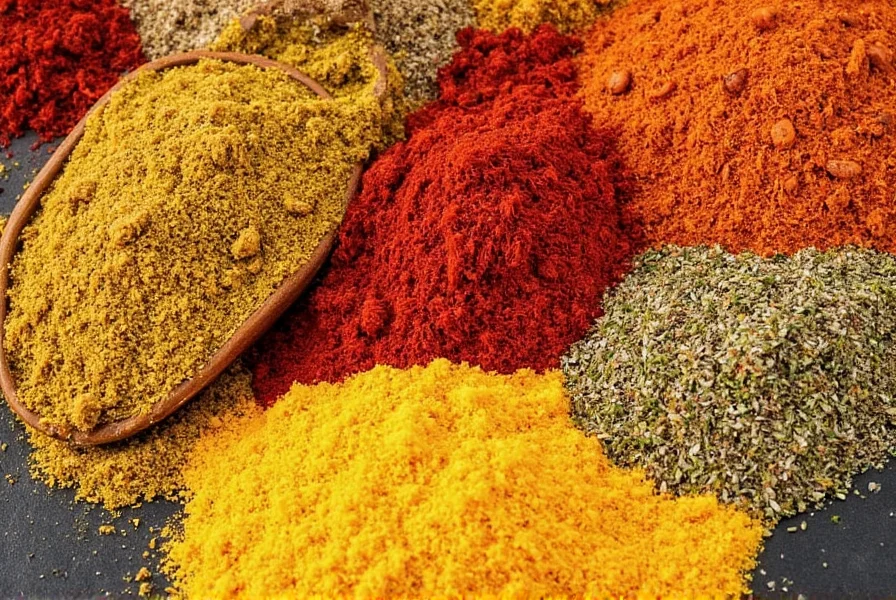
Essential Ingredients for Making Curry Spice
| Spice | Description |
|---|---|
| Turmeric | Gives curry its signature yellow color and earthy flavor. |
| Cumin | Adds a warm, nutty aroma and depth of flavor. |
| Coriander | Brings a citrusy, slightly sweet note to the mix. |
| Garlic | Enhances the savory and umami qualities of the dish. |
| Ginger | Provides a zesty, spicy kick that adds complexity. |
| Chili Powder | Determines the heat level of your curry spice blend. |
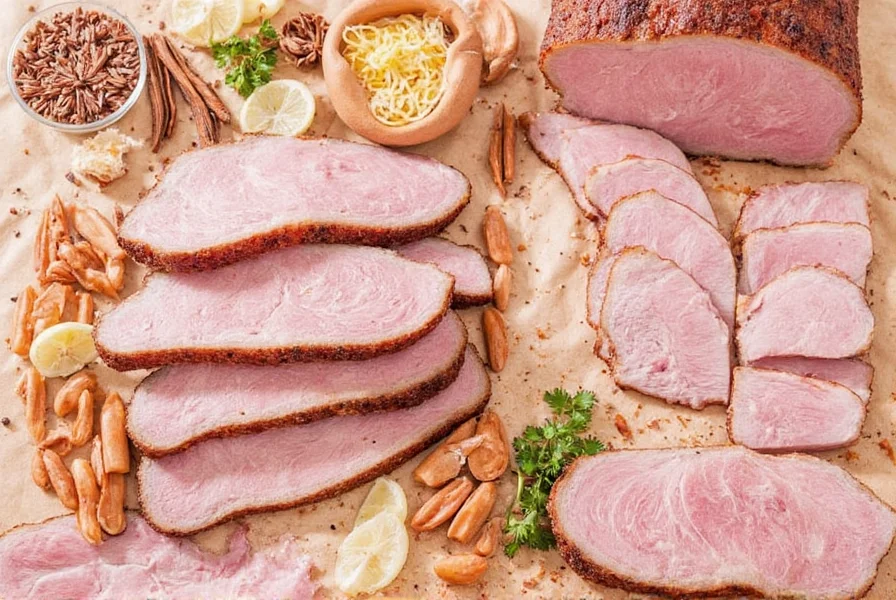
Step-by-Step Guide to How to Make Curry Spice
Creating your own curry spice blend is simple and fun. Here's how to do it:
- Prepare your ingredients: Measure out the spices you want to use. A basic recipe might include 2 tablespoons of ground cumin, 1 tablespoon of ground coriander, 1 teaspoon of turmeric, 1 teaspoon of garlic powder, 1 teaspoon of ginger powder, and 1/2 teaspoon of chili powder (adjust to taste).
- Toast the whole spices: If using whole spices like cumin seeds or coriander seeds, lightly toast them in a dry pan until fragrant. Then grind them into a fine powder using a spice grinder or mortar and pestle.
- Mix the spices: Combine all the ground spices in a bowl. Use a spoon or whisk to mix thoroughly until well blended.
- Store your curry spice: Transfer the mixture into an airtight container and store it in a cool, dark place. It should last up to six months.

Tips for Perfect Curry Spice
Here are some tips to help you achieve the best results when making your own curry spice:
- Use fresh spices: Freshly ground spices have a stronger aroma and flavor than pre-ground versions.
- Adjust to your taste: Experiment with different ratios to find what works best for you.
- Balance the heat: Start with a small amount of chili powder and add more gradually if needed.
- Don't skip the oil: Some recipes call for heating the spices in oil to release their full flavor. Try it next time!
- Label your blends: If you make multiple types of curry spice, label them clearly so you know which one to use for which dish.
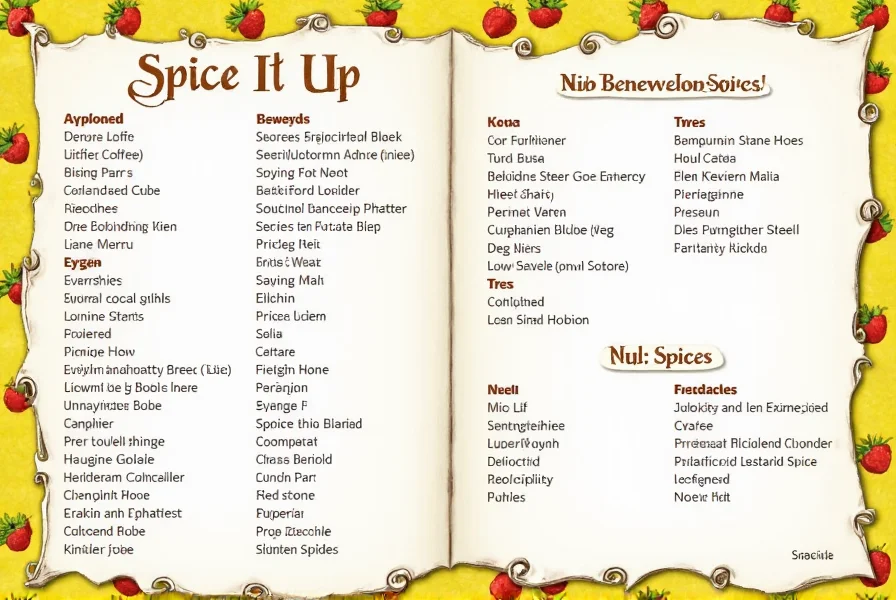
Frequently Asked Questions About Making Curry Spice
How long does homemade curry spice last?
Homemade curry spice typically lasts for 4-6 months when stored properly in an airtight container away from light and heat. For maximum freshness and potency, try to use it within 3 months. You can tell if your spice blend has gone stale if it lacks aroma or vibrant color.
Can I make curry spice without turmeric?
Yes, you can make curry spice without turmeric, though it will lack the characteristic yellow color. Turmeric contributes an earthy flavor, so if omitting it, you might want to increase other earthy spices like cumin or coriander slightly. Some regional curry blends like certain versions of garam masala don't include turmeric at all.
What's the difference between curry powder and garam masala?
Curry powder is typically used at the beginning of cooking to build flavor in the dish, while garam masala is usually added at the end as a finishing spice. Curry powder tends to be more complex with ingredients like turmeric, while garam masala focuses on warm spices like cinnamon, cardamom, and cloves. Garam masala is generally milder and more aromatic.
Can I use fresh spices instead of dried?
While you can use fresh ingredients like fresh ginger and garlic in your curry dishes, traditional curry spice blends use dried and ground spices for consistency and shelf stability. If using fresh spices in your cooking, add them separately during cooking rather than grinding them into your spice blend, as moisture would cause the blend to spoil quickly.
How do I store homemade curry spice properly?
Store your homemade curry spice in an airtight container away from direct sunlight, heat, and moisture. Glass jars with tight-fitting lids work best. Keep it in a cool, dark place like a pantry. Proper storage prevents the essential oils in the spices from evaporating, which maintains flavor and potency.
What dishes can I use homemade curry spice in?
Homemade curry spice can be used in countless dishes beyond traditional curries! Try it in roasted vegetables, soups, stews, marinades for meats or tofu, rice dishes, salad dressings, or even sprinkled on popcorn for a flavorful snack. The possibilities are limited only by your creativity.
Is homemade curry spice healthier than store-bought?
Homemade curry spice is often healthier because you control the ingredients - no additives, preservatives, or excess salt. You also get fresher spices with higher antioxidant content. Many commercial blends contain fillers like flour or starch, while your homemade version contains only pure spices.
Can I adjust the heat level of my curry spice blend?
Absolutely! The heat level is primarily controlled by the amount of chili powder or cayenne you add. Start with a small amount (1/4 to 1/2 teaspoon per cup of spice blend) and gradually increase to your preferred heat level. Remember you can always add more heat later, but you can't take it out once it's mixed in!
Do I need special equipment to make curry spice?
No special equipment is necessary. A simple bowl and spoon will work for mixing pre-ground spices. If using whole spices, a basic spice grinder, coffee grinder dedicated to spices, or mortar and pestle will suffice. The most important "tool" is your sense of smell and taste to adjust the blend to your preference.
How can I tell if my spices are fresh?
Fresh spices should have a strong, vibrant aroma when you open the container. The color should be rich and intense - faded color indicates age. For whole spices, they should be crisp and easy to break. Ground spices should not clump together. If your spices don't smell strongly when you open the container, they've likely lost their potency.
Conclusion
Learning how to make curry spice is not only a rewarding experience but also a way to elevate your cooking game. Whether you choose to make your own blend or purchase pre-made options, the key is to understand the role each spice plays and how they work together to create a harmonious flavor profile.
Remember, the best curry spice is the one that reflects your personal taste and style. So grab your spices, get creative, and enjoy the journey of discovering new flavors — one pinch at a time.
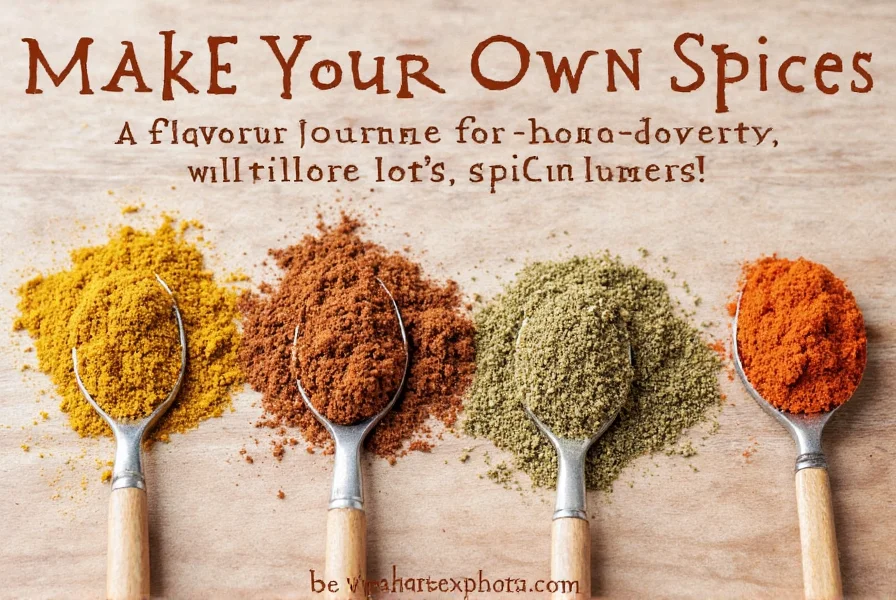

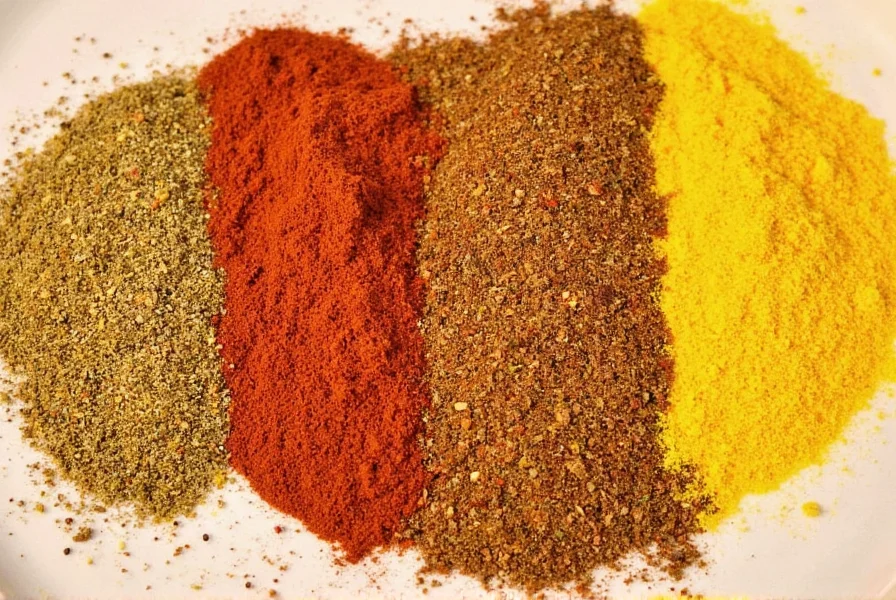









 浙公网安备
33010002000092号
浙公网安备
33010002000092号 浙B2-20120091-4
浙B2-20120091-4